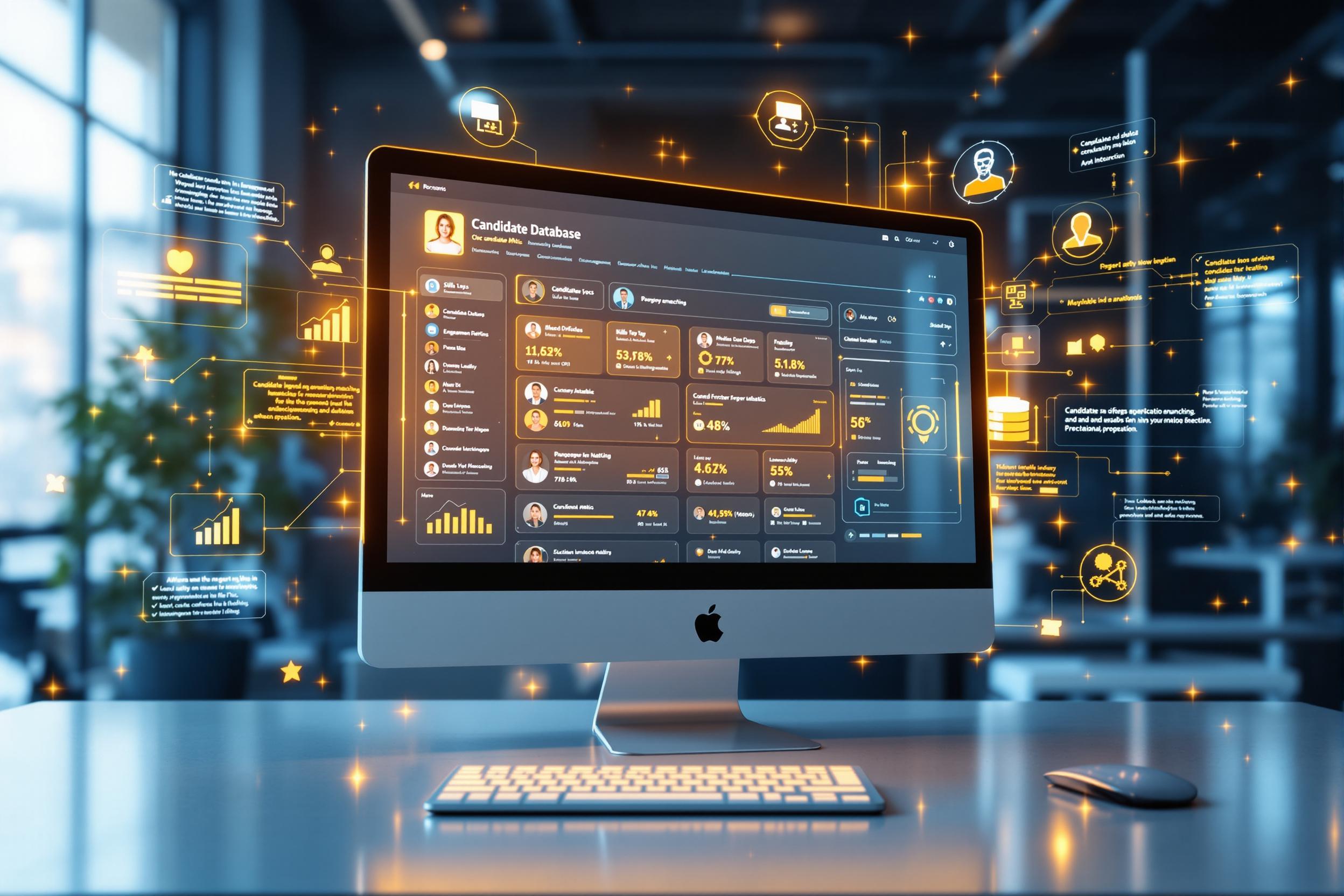
Collection Development
Collection Development refers to the process of planning, selecting, and managing library materials. It's like being a strategic shopper for a library - deciding what books, digital resources, and other materials to buy, keep, or remove to serve the library's community. This includes choosing new items, evaluating current materials, and making sure the library's resources stay relevant and useful. Think of it as curating a store's inventory, but for a library. Similar terms include collection management, materials selection, or resource development.
Examples in Resumes
Managed $500,000 annual budget for Collection Development across multiple departments
Led Collection Development initiatives focusing on expanding digital resources
Created Collections Development policies aligned with community needs
Implemented systematic Collection Development and Management strategies for academic resources
Typical job title: "Collection Development Librarians"
Also try searching for:
Where to Find Collection Development Librarians
Professional Organizations
Job Boards
Professional Networks
Example Interview Questions
Senior Level Questions
Q: How would you develop a collection policy for a library with a limited budget?
Expected Answer: A senior librarian should discuss analyzing community needs, prioritizing resources, considering both print and digital materials, understanding usage statistics, and developing partnerships with other libraries for resource sharing.
Q: How do you evaluate the effectiveness of a collection development strategy?
Expected Answer: Should explain using circulation statistics, user feedback, cost-per-use analysis, and community surveys to measure success. Should also mention regular collection assessment and weeding processes.
Mid Level Questions
Q: How do you balance digital and print resources in modern collections?
Expected Answer: Should discuss analyzing user preferences, cost considerations, accessibility needs, and space limitations. Should mention understanding licensing agreements and platform compatibility.
Q: What factors do you consider when weeding (removing) materials from a collection?
Expected Answer: Should mention age of materials, circulation statistics, physical condition, relevance to community needs, and available space. Should also discuss preservation of important materials.
Junior Level Questions
Q: What resources do you use to make selection decisions?
Expected Answer: Should mention professional review sources, publisher catalogs, user requests, and bestseller lists. Should understand basic budget considerations and collection gaps.
Q: How do you handle patron requests for new materials?
Expected Answer: Should explain the process of evaluating requests against collection policy, budget constraints, and community needs. Should mention communication with patrons about decisions.
Experience Level Indicators
Junior (0-2 years)
- Basic material selection and ordering
- Understanding of library catalogs
- Knowledge of major publishers and vendors
- Basic budget management
Mid (2-5 years)
- Collection analysis and assessment
- Digital resource management
- Vendor negotiation
- Collection policy development
Senior (5+ years)
- Strategic collection planning
- Large-scale budget management
- Staff supervision and training
- Collection development policy creation
Red Flags to Watch For
- No knowledge of major library vendors or purchasing processes
- Lack of understanding of copyright and licensing
- No experience with collection analysis or assessment
- Unable to explain basic selection criteria
- No awareness of digital resource management
Related Terms
Need more hiring wisdom? Check these out...

7 Ways to Maximize Your Candidate Database ROI

Building an Unshakable ATS Data Governance Framework: A Guide to Protecting Your Recruitment Goldmine

The Art of Selecting Great People: A Leader's Most Critical Skill

